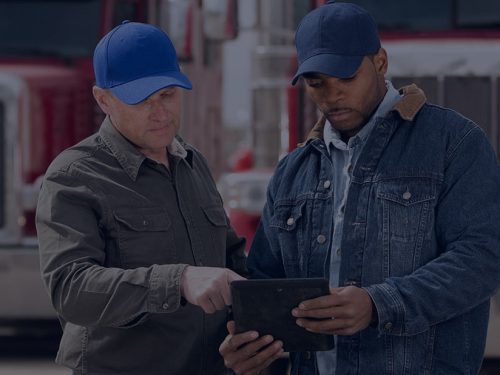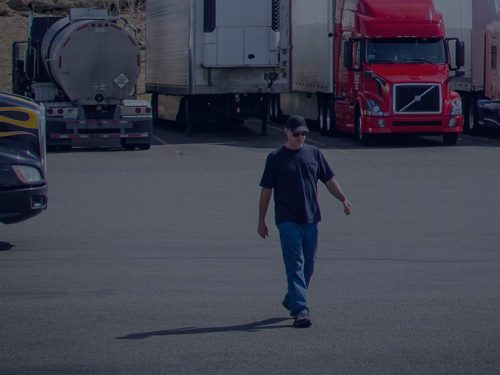Commercial Driver License (CDL) and its Restrictions
If you want to advance your career as a truck driver, there are a few things that you need to know before you continue hauling heavyweights. And for that to happen, you must earn your CDL license and avoid getting CDL restrictions that could hinder or take away your earning potential.
These restrictions are set in place not to intervene with a person’s driving but make them better drivers. Keep on reading to find out more about how these restrictions work.
CDL Classes and Their Types
There are three classes of CDL that allow you to operate a Commercial Motor Vehicle Legally.
You can visit Truckers.Wiki to learn more about CDL.
Class A
Holding a class A CDL will enable you to drive a vehicle that can carry up to 26,001 pounds, for example, tank vehicles, semi-trucks, trucks, tractors, buses, etc. So, as a driver, you can haul anything from liquids to towed cars falling within a Gross Vehicle Weight Rating of 10,000 lbs.
Class B
Holding a class B CDL allows you to operate a vehicle that can carry up to 26,001 in gross weight rating. When the commercial vehicle is used for towing or hauling liquids, it must not exceed 10,000 lbs. You can operate flat trucks, passenger or school buses, segmented buses, delivery trucks, dump trucks, etc.
Class C
Those truck drivers who want to operate a commercial vehicle with a GVWR of lesser than 26,001 pounds, or a passenger vehicle with 16 or more passengers, you’ll need a Class C license.
Class C CDL holders with the appropriate endorsements can operate small hazmat vehicles and passenger vans, trailers.
List Of Restrictions:
With DL regulations in place, certain types of commercial Motor Vehicles cannot operate.
Alright, now lets take a look at the list of restrictions:
E Restriction
It is illegal for truck drivers to drive around while using manual air brake gear. If they take the exam with automatic transmission (gearset), they will likely receive an E restriction.
L Restriction
An L restriction will be issued to the driver if the air brakes systems are not adequately tested or cannot be recognized. When drivers fail to pass the air brakes test, they are susceptible to an L restriction.
M Restriction
The M restriction applies only to class B or C vehicles, such as public transportation and school buses. This restriction is given when a driver has a class A CDL but still receives their P endorsement (passenger endorsement) or when they have been given a class B vehicle but have an endorsement (School bus endorsement).
N Restriction
Drivers of Class C vehicles and buses are subject to this restriction. This restriction is imposed when a Class B CDL driver acquires either an endorsement (school bus endorsement) or a p endorsement (passenger endorsement) for a class C vehicle.
O Restriction
The O restriction is issued when a fifth-wheel connection vehicle is driven by the driver taking the test in a class A car without a fifth-wheel connection.
V Restriction
The FMCSA (Federal Motor Carrier Safety Administration) issues a V restriction on a driver who has a medical condition. This might involve various diseases and underlying conditions such as diabetes, seizures, poor vision, and hearing loss.
Z Restriction
Z restriction is imposed on a driver who fails to take a hydraulic braking system test. Individuals are not licensed to drive a Commercial Motor Vehicle equipped with air brakes under the Z restriction.
Takeaway
You might obtain CDL restrictions in the same way your CDL endorsements allow you access to different vehicle types and loads. The restrictions on your CDL regulate the vehicles you can operate.
You May Also Like
How To Get Hazardous Endorsement HAZMAT 2022
Keep your mental and physical health in shape, stay safe and keep trucking!







